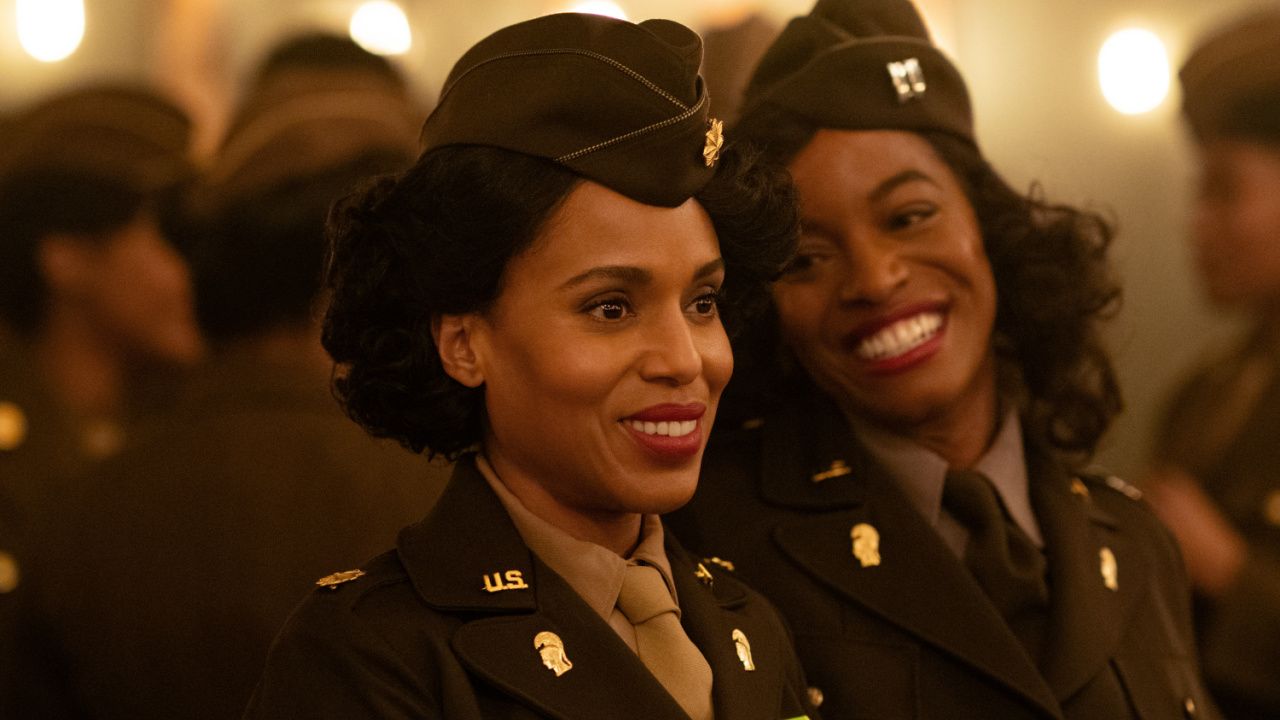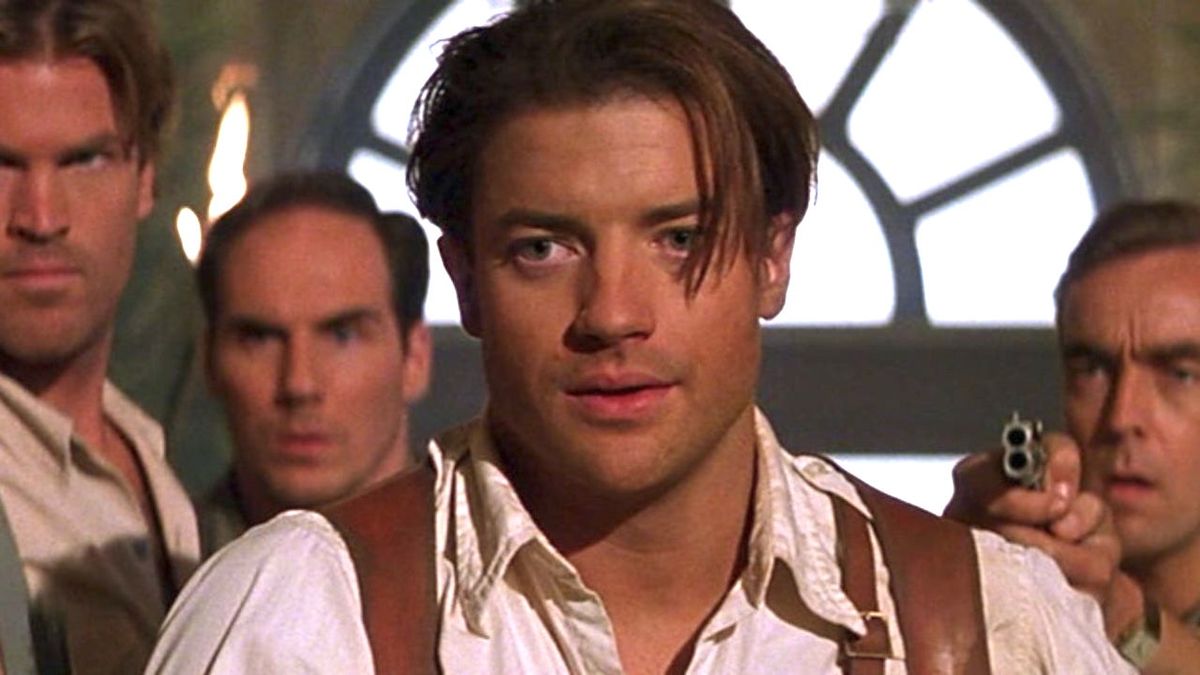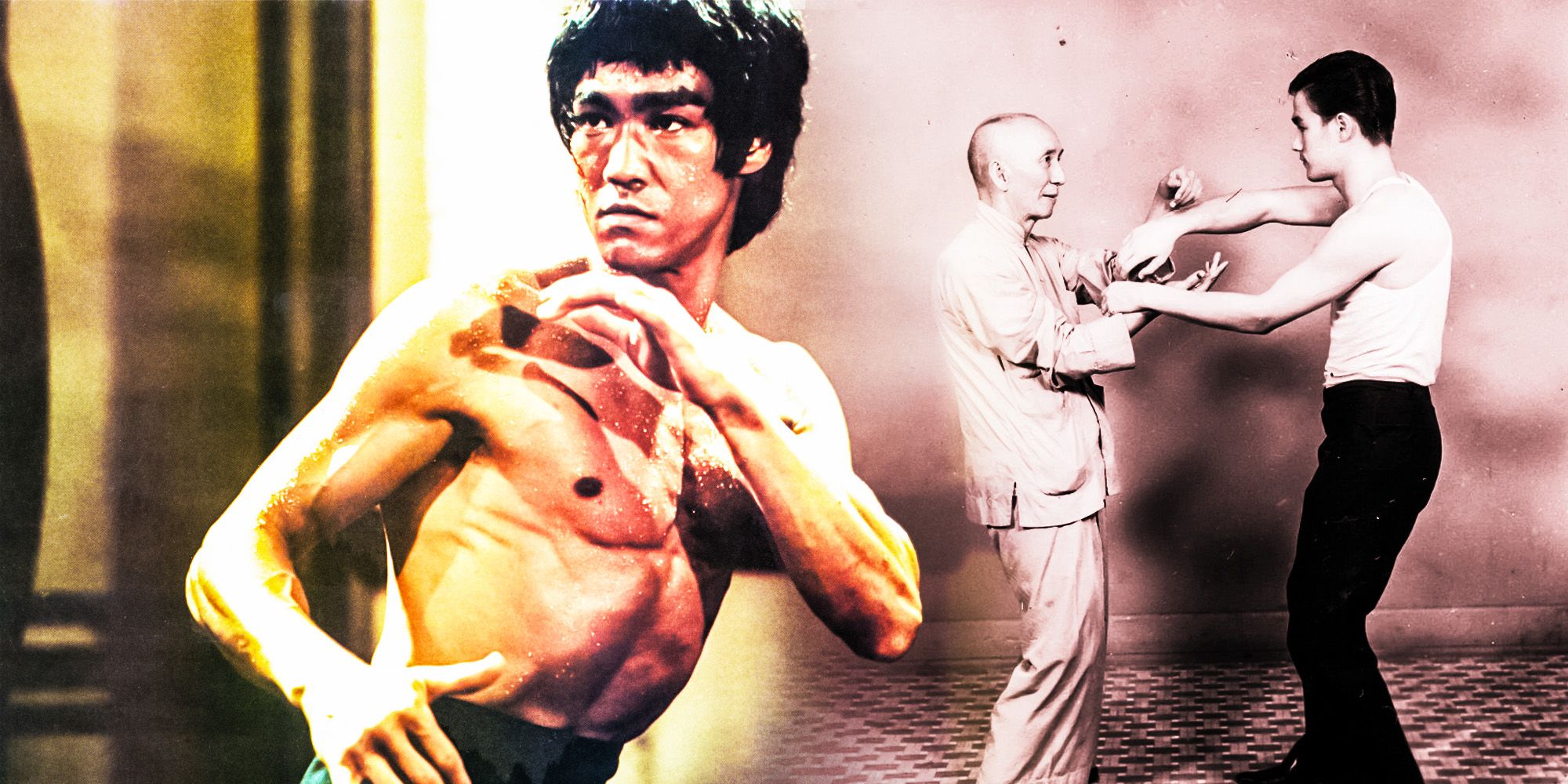
Bruce Lee practiced a wide variety of fighting styles he had learned over years. Having acquired an interest in martial arts at a very young age, Lee spent most of his life developing his skills as a fighter. But while most martial artists tend to devote their time to mastering a single way of fighting, Lee was always evolving, picking up moves, stances, and ideas from other styles.
Several of the biggest actors in the martial arts genre, such as Chuck Norris, Steven Seagal, and Jean-Claude Van Damme, had many years of formal training and multiple black belts. In stark contrast to them, Lee never had a black belt and only spent a very short period of his life as a student in a martial arts school. That being said, he’s still renowned as a kung fu legend and the greatest martial arts actor of all time. The intense fight scenes Lee filmed for movies like Enter the Dragon, Way of the Dragon, and Game of Death are all indicative of the talents he possessed.
{ $vvvInit(‘adsninja-ad-unit-characterCountRepeatable1-5f41e273fa66b8’, ‘SR_Video_Desktop’, [‘https://video.adsninja.ca/valnetinc/ScreenRant/644a8b1f66e9f-projectRssVideoFile.mp4’, ‘https://video.adsninja.ca/valnetinc/ScreenRant/6419c1d29ce63-projectRssVideoFile.mp4’, ‘https://video.adsninja.ca/valnetinc/ScreenRant/644a7ac70aa93-projectRssVideoFile.mp4’, ‘https://video.adsninja.ca/valnetinc/ScreenRant/6419bfb5b5bc3-projectRssVideoFile.mp4’, ‘https://video.adsninja.ca/valnetinc/ScreenRant/644909c7592c5-projectRssVideoFile.mp4’]) }) ]]>
RELATED: Was Fist Of Unicorn A Bruce Lee Movie? Secret Cameo & Lawsuit Explained
Albeit without the backgrounds that defined so many other martial arts actors’ abilities, Bruce Lee trained diligently both by himself and with partners, and was always on the lookout for new ideas to add to his arsenal. Thanks to the time and effort he devoted to his training, Lee was able to become well-versed in a diverse list of martial arts disciplines beyond just kung fu. Here’s every fighting style practiced by Lee and where he learned them.
Tai Chi
Used primarily by its practitioners to maintain a healthy life, Tai Chi is usually recognized by its smooth techniques that are normally practiced in slow-motion. Since it lacks the fast pace of most martial arts forms, it’s not a popular choice for street fighting and has a better reputation with those looking to improve their overall health. Lee’s father, Lee Hoi-chuen, practiced Tai Chi daily and taught his son the fundamentals when Lee was still a child. According to Bruce Lee: A Life by Matthew Polly, Lee admitted as an adult that he found the techniques “useless”. So while it may have been the first martial art he ever learned, it had hardly any impact on his development as a kung fu fighter.
Wing Chun
As a youth, Lee disliked Tai Chi, but quickly took to Wing Chun, a “soft” form of kung fu built around reflexive moments, speed, and timing. Instead of concentrating on developing raw strength, Wing Chun fighters are taught to redirect their opponents’ attacks and disrupt their balance. During the 1950s, Lee was a student of Wing Chun grandmaster Ip Man, the most famous practitioner of the art and also the focus of the Ip Man movies starring Donnie Yen. Although Ip is credited as Lee’s kung fu master, most of what Lee knew about Wing Chun actually came from someone else. Following Lee’s enrollment, Ip assigned Wong Shun Leung – one of his senior students (and a future Wing Chun grandmaster) – to be Lee’s primary instructor. Lee later acknowledged in a letter that he regards Wong as his true kung fu teacher.
Boxing
While still a Wing Chu student, Lee gained an appreciation for a completely different kind of fighting when he discovered Western boxing at his high school, St. Francis Xavier. Apparently, the school sports master was an experienced boxer who saw potential in Lee and decided to train him personally. By combining his guidance with his experience in Wing Chun, Lee competed in a high school boxing tournament and won his first-and-only official match. This marked the beginning (and end) of Lee’s days as a boxer, but his interest in the sport remained. Years later, Lee studied the fights of Muhammad Ali and incorporated the heavyweight boxing champion’s famous footwork techniques into his own fighting style.
RELATED: Was Fist Of Unicorn A Bruce Lee Movie? Secret Cameo & Lawsuit Explained
Karate
Although Lee had no formal training in karate, Lee was quite skilled in the Japanese martial art and made use of the moves while playing Kato in ABC’s The Green Hornet show. Lee’s knowledge of karate stemmed almost entirely from sparring sessions that he had with some of his fellow martial artists in the 1960s. Among them were karate world champions Ed Parker and Chuck Norris. Training together allowed them to learn a great deal from each other. Norris, for instance, taught Lee how to perform high kicks.
Judo
An incident on the set of The Green Hornet exposed Lee to yet another fighting style – judo. Reportedly frustrated with Lee’s roughness during filming, a group of stuntmen asked Gene LeBell to intervene on their behalf and teach Lee a lesson. LeBell, a distinguished professional wrestler and a judo champion, attacked Lee by surprise and successfully managed to carry the actor around on his back. Lee was unable to break free from his grip on his own. Lee was naturally angry about the situation, but couldn’t deny the practicality of LeBell’s approach. In response, Lee took lessons from LeBell and subsequently complemented his fighting style with several of the wrestler’s grappling techniques. Gene LeBell has claimed in the past that the holds used by Lee in Enter the Dragon came directly from his judo lessons.
Escrima
Escrima is a well-known style of weapon-based fighting from the Philippines. One of its most famous practitioners was Dan Inosanto, a longtime friend and training partner of Bruce Lee. Using his knowledge of Escrima, Inosanto further deepened Lee’s range by teaching him Filipino stick fighting, including the iconic nunchuck techniques Lee later utilized in Fist of Fury, Game of Death, and Enter the Dragon.
Taekwondo
One of Lee’s friends in the 1960s was Jhoon Rhee, a grandmaster at a Korean martial arts style called Taekwondo. One of the most respected fighting styles in the world, Taekwondo has a special emphasis on powerful, high kicking moves. Sparring with Rhee allowed Lee to gain a great understanding of Korean martial arts and also better his kicking techniques. But, one of the most notable moves he picked up from Rhee wasn’t a kick; it was from Rhee that he learned the AccuPunch, an incredibly fast attack described by Muhammad Ali himself as unblockable.
Jeet Kune Do
For years, Wing Chun was Lee’s go-to method of fighting, but all of that changed when he struggled to win a fight with Chinese martial artist Wong Jack Man. Due to the difficulties he faced in making the most out of Wing Chun, Lee came to believe that Wing Chun was a flawed system. In the interest of becoming a better fighter, Lee replaced Wing Chun with his own style of fighting. Combining every form of fighting he had learned up until this point along with the footwork associated with fencing, Lee created “the way of the intercepting fist”. Known today as Jeet Kune Do, the martial arts disciple is more of a collection of ideas than it is a style, as it doesn’t require the practitioner to use particular stances or moves. Instead, the goal of Jeet Kune Do is to grant the fighter the freedom they need to respond to any given situation without being limited to a specific set of moves. Bruce Lee purposely designed Jeet Kune Do to be practical and effective in street-fighting situations.
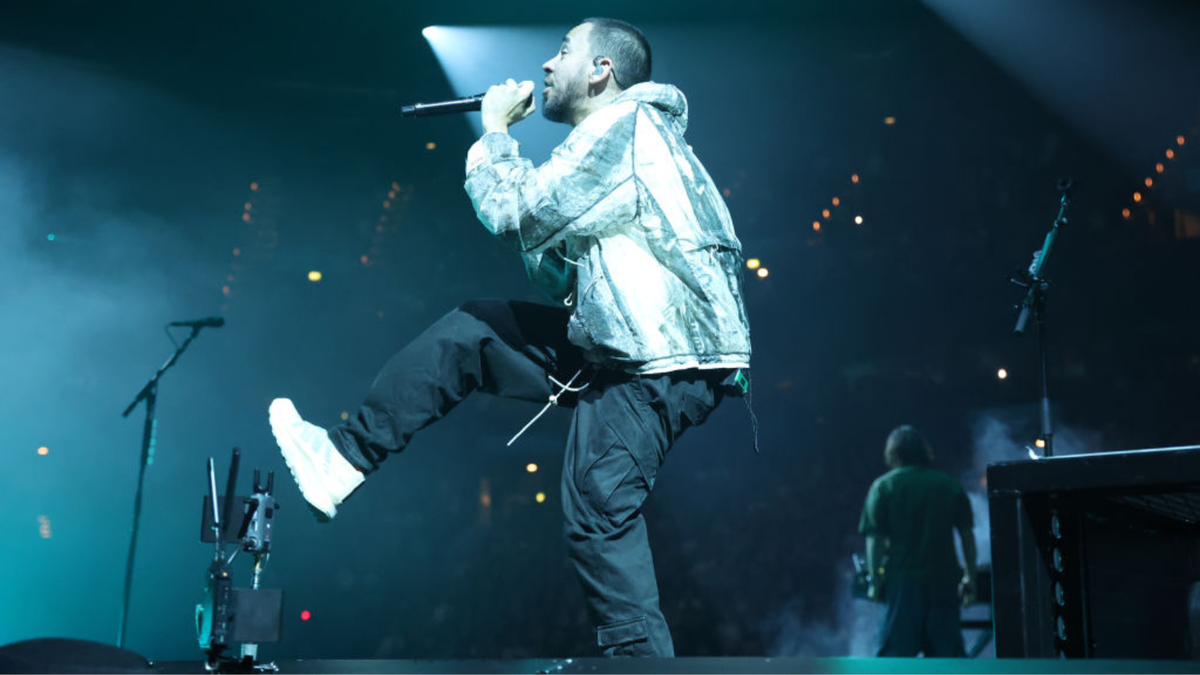










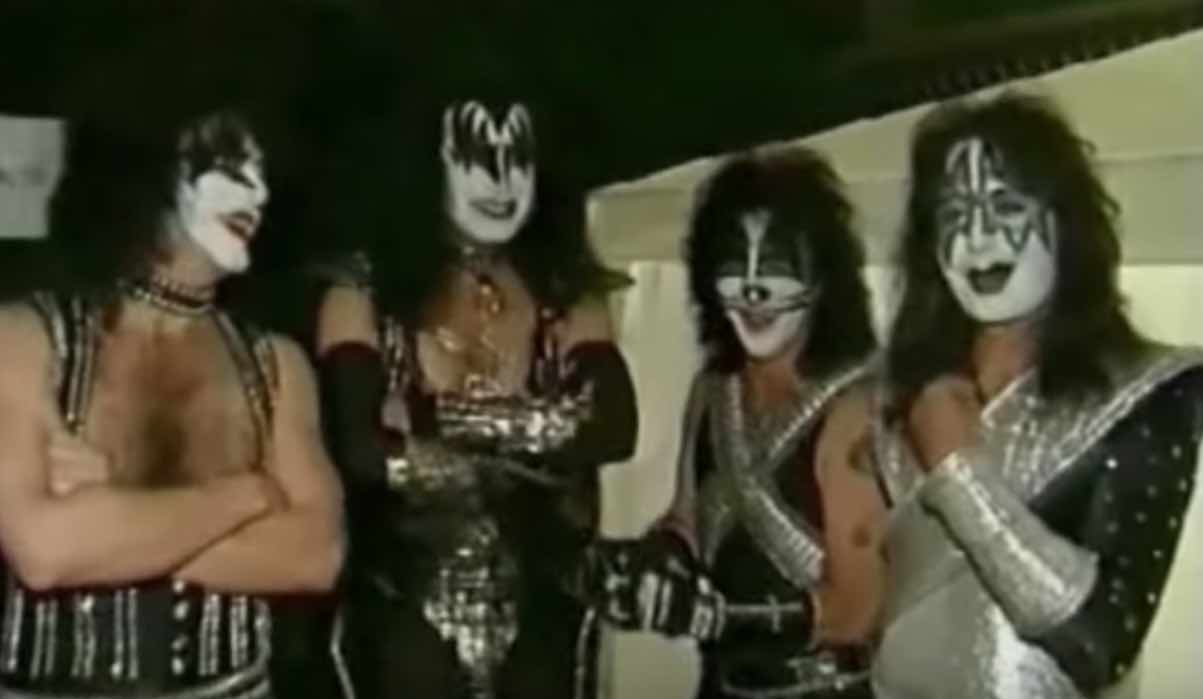




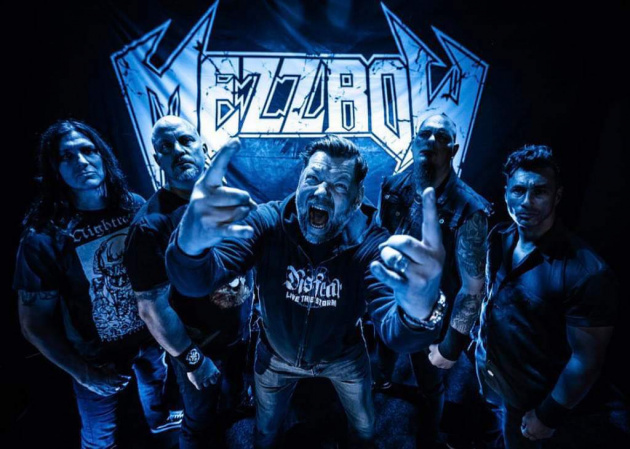
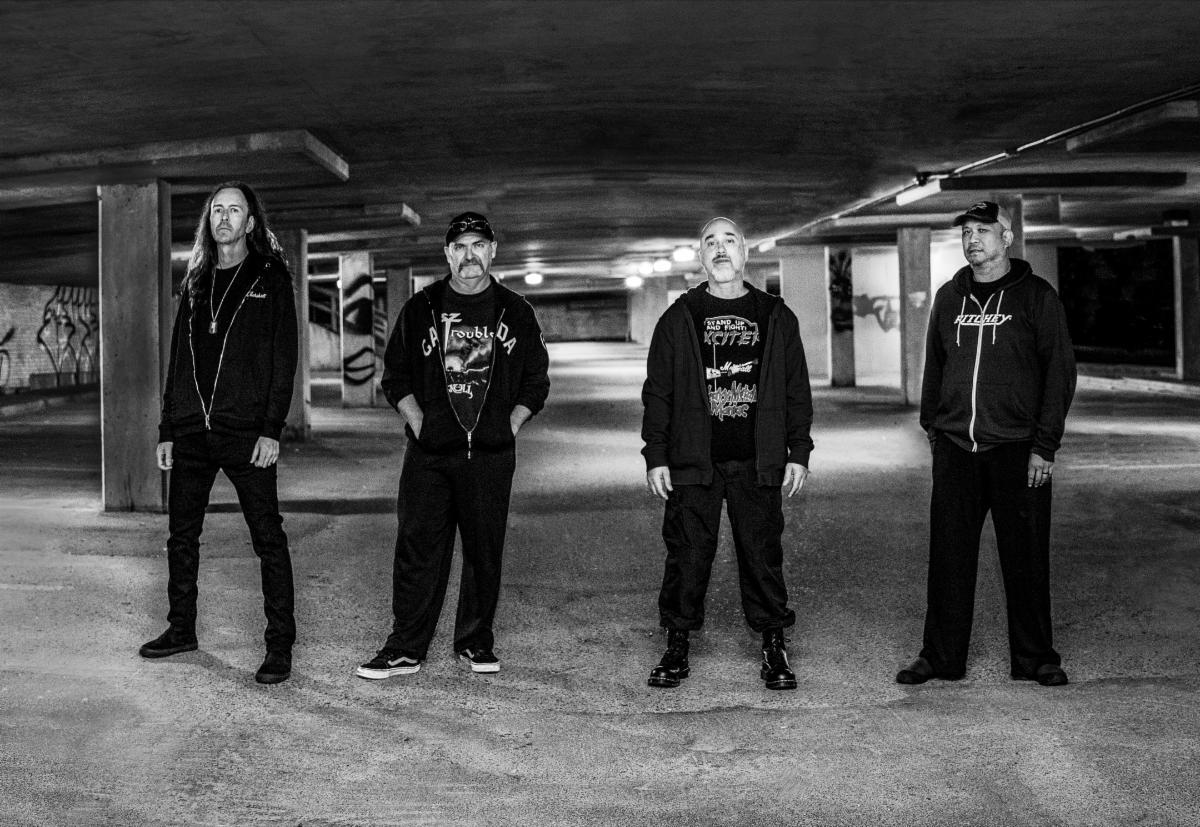



![All That Remains – Forever Cold [Official Lyric Video] All That Remains – Forever Cold [Official Lyric Video]](https://i.ytimg.com/vi/U8D_WWkYDEw/maxresdefault.jpg)


